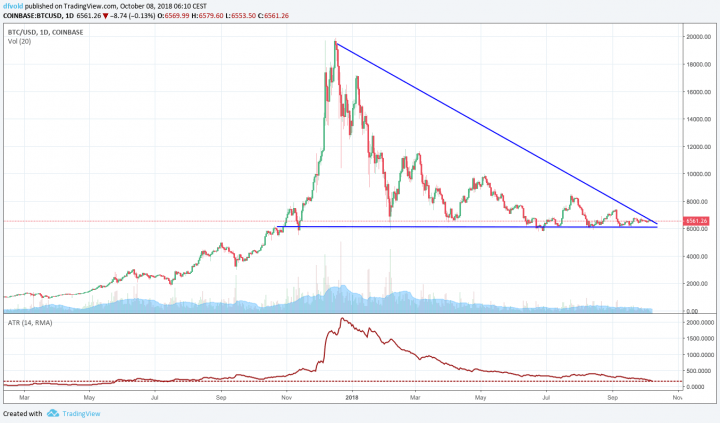
How can I show everyone God's love?
Written by Hope on 29/09/2013
Series: Weekly Devotional
Tags: Evangelism, Jesus, Salvation
“Live wisely among those who are not believers, and make the most of every opportunity. Let your conversation be gracious and attractive so that you will have the right response for everyone.” Colossians 4:5-6
I had the opportunity to make friends with several non-Christians and atheists when I attended university. Since graduating, I mostly keep in touch with them through social media. Many of these friends don’t want to hear a single word about God. They think most Christians are self-righteous and ignorant. They don’t understand how one supernatural Being could actually be responsible for ALL Creation. Why do I remain friends with these people, and how can I show them God's love?
God Loves Everyone
God "wants everyone to be saved and to understand the truth" (1 Timothy 2:4). He loves the whole world and "does not want anyone to be destroyed" (2 Peter 3:9). I want to love my friends with God's love. I care about them and pray that they will choose to develop a relationship with the Lord. We should not allow our non-Christian friends to influence us for evil, but if I never communicate with them, I would lose the chance to influence them for good — and for God.
Love with God's Love
So I pray for my friends, because "my heart's desire and prayer to God for them is that they may be saved" (Romans 10:1). How can I communicate God's love to them, "showing [myself] to be [His] disciple" (John 15:8), when they do not want to hear about the Lord? On social media, I write about God and His Salvation. I think of these friends when I write posts that could appeal to them, that acknowledge their worldview. I pray that what they read will make them realize that God could be real and that they will want to learn more about the One Who loves them more than anyone.
Live with God's Love
As Christians, we want to share God's love, especially with people we care about. We should "live such good lives among the [non-Believers] that… they may see your good deeds and glorify God" (1 Peter 2:12). We pray to be guided by the Holy Spirit when we approach our unsaved friends, so we can "be very careful how [we] live — not as unwise but as wise, making the most of every opportunity" (Ephesians 5:15-16).
Prayer, Care, and Share Jesus
On average, 96% of believers never share Jesus Christ's message of hope and salvation (evangelize) with a non-believer. That means 4% do share their faith (or evangelize).
You may be someone who doesn’t usually share about Jesus with people. But, if you’ve been following the steps in this guide, then you really are sharing Jesus with people by praying and caring for them. You’re an evangelist. That includes praying blessings on people, building relationships and helping the needy.
Hopefully these steps will help you be wise and make the most of every opportunity when ministering to people who don’t know Jesus. Your conversations should be full of grace, allowing you to be ready with an answer to people asking about the faith (Colossians 4:5-6).
As you live out these biblical principles and asking God to bless and save the lost, you’re drawing people to Jesus.
Remember, it’s not your actions or prayer that make the difference. It’s what God does through your prayer and action that changes lives. Jesus pointed out to the 72 disciples in Luke 10:1-24 that they should not be prideful of what happened through their work, but instead to rejoice that their names are written in heaven. And so should we.
Pray this week:
You will live wisely and graciously as a godly example to non-Believers
Do you ask people if you could pray for them? How can we pray for you?
Alan Zibluk Markethive Founding Member


